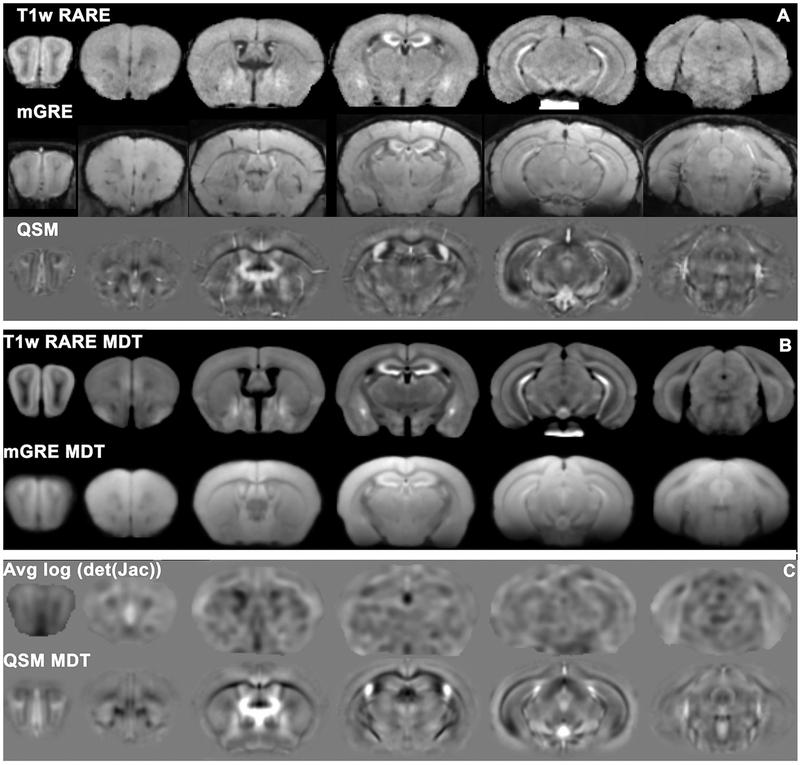
To understand multifactorial conditions such as Alzheimer's disease (AD) we need brain signatures that predict the impact of multiple pathologies and their interactions. To help uncover the relationships between pathology affected brain circuits and cognitive markers we have used mouse models that represent, at least in part, the complex interactions altered in AD, while being raised in uniform environments and with known genotype alterations. In particular, we aimed to understand the relationship between vulnerable brain circuits and memory deficits measured in the Morris water maze, and we tested several predictive modeling approaches. We used in vivo manganese enhanced MRI traditional voxel based analyses to reveal regional differences in volume (morphometry), signal intensity (activity), and magnetic susceptibility (iron deposition, demyelination). These regions included hippocampus, olfactory areas, entorhinal cortex and cerebellum, as well as the frontal association area. The properties of these regions, extracted from each of the imaging markers, were used to predict spatial memory. We next used eigenanatomy, which reduces dimensionality to produce sets of regions that explain the variance in the data. For each imaging marker, eigenanatomy revealed networks underpinning a range of cognitive functions including memory, motor function, and associative learning, allowing the detection of associations between context, location, and responses. Finally, the integration of multivariate markers in a supervised sparse canonical correlation approach outperformed single predictor models and had significant correlates to spatial memory. Among a priori selected regions, expected to play a role in memory dysfunction, the fornix also provided good predictors, raising the possibility of investigating how disease propagation within brain networks leads to cognitive deterioration. Our cross-sectional results support that modeling approaches integrating multivariate imaging markers provide sensitive predictors of AD-like behaviors. Such strategies for mapping brain circuits responsible for behaviors may help in the future predict disease progression, or response to interventions.
Citation: Badea, A., Delpratt, N. A., Anderson, R. J., Dibb, R., Qi, Y., Wei, H., Liu, C., Wetsel, W. C., Avants, B. B., & Colton, C. (2019). Multivariate MR biomarkers better predict cognitive dysfunction in mouse models of Alzheimer's disease. Magnetic resonance imaging, 60, 52–67. https://doi.org/10.1016/j.mri.2019.03.022
